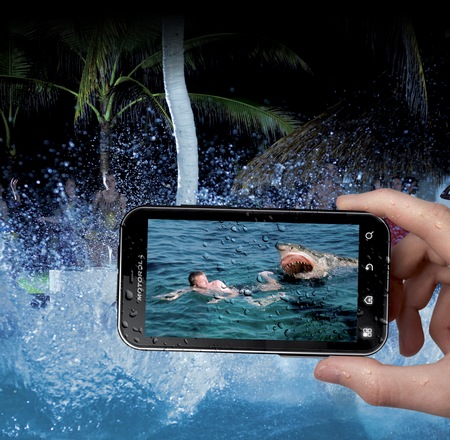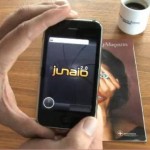
The T-Mobile G2x's feature set is an embarrassment of riches, with plenty of advanced smartphone technology that promises to provide speed and multimedia prowess. As we mentioned, it has the highly praised 1GHz Nvidia dual-core Tegra 2 processor. It does have only 512MB of RAM, but we didn't notice any performance drawbacks in real-world tests. Transitions between menus felt snappy, and we jumped through different points in an HD video clip with zero jittering.
To prove the strength of the Nvidia Tegra 2 processor even further, LG has included the Nvidia Tegra Zone app with the phone. The app lets you easily find, purchase, and download games that take advantage of the Nvidia processor. The G2x comes with Nova and Need for Speed Shift, and we have to say that both games performed very well in our initial tests. Graphics were very smooth and we experienced zero lag time during gameplay.The touch screen is really responsive, requiring only a simple tap for a touch to register, and thanks to the dual-core Nvidia Tegra 2 processor, we were also amazed by how zippy the navigation felt. Simple tasks like scrolling through a Web page or launching an application felt that much quicker. Even the accelerometer kicked in faster when switching from portrait to landscape mode. The G2x comes with a gyroscopic sensor as well.
Beneath the display are the usual Android shortcut keys in the form of touch-sensitive buttons for menu, home, back, and search. On the top right of the phone is the front-facing camera. There are a couple of external speakers on the bottom along with the Micro-USB charging port. The volume rocker is on the right, and the 3.5mm headset jack, HDMI port, and power/screen lock button are on the top. The microSD card slot is located behind the battery cover, but you don't need to remove the battery to access it. On the back of the phone are the camera lens and LED flash.
T-Mobile packages the G2x with an AC adapter, a USB cable, and reference material.
Because of all this power, it's no surprise that the G2x comes equipped with multimedia features galore. It has a Micro-HDMI port so you can hook up the phone to a big-screen television, and with mirroring mode, you can see on the TV whatever is on your phone. If you want to go wireless, the G2x also supports DLNA, a technology that lets you share media on your phone with other DLNA devices wirelessly. The G2x also comes with T-Mobile TV, a T-Mobile service that gives you access to live and on-demand TV.
If you would rather watch your own movies, the G2x comes with 8GB of internal storage. This might not seem like a lot, but you can load additional media onto a microSD card--the phone supports up to 32GB of extra storage. To get content onto your device, you can treat the phone like a mass storage device by dragging and dropping media, or you can use the DoubleTwist software to sync content wirelessly.























